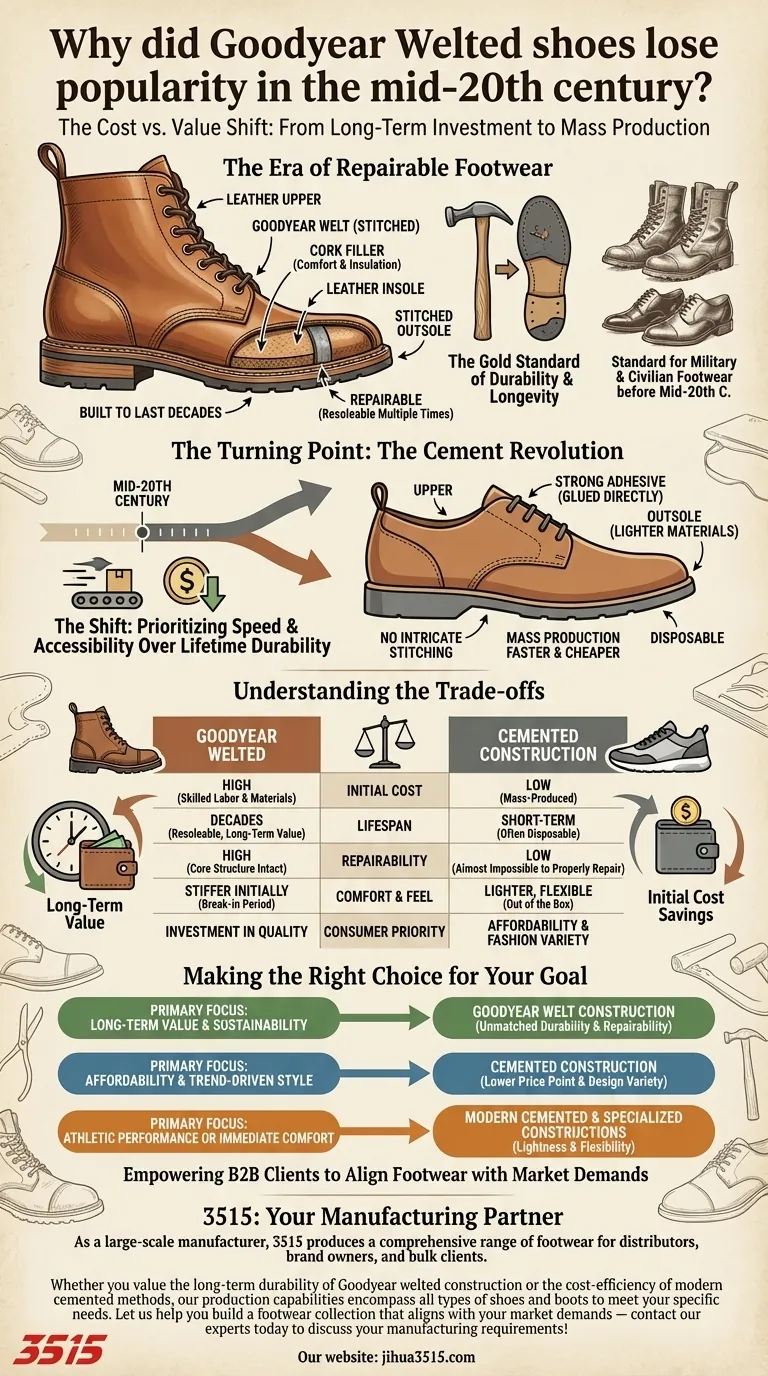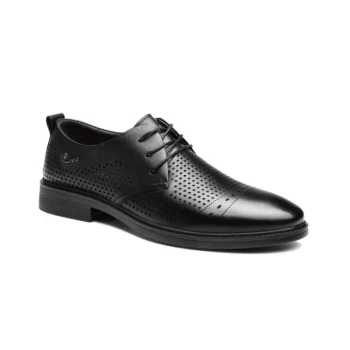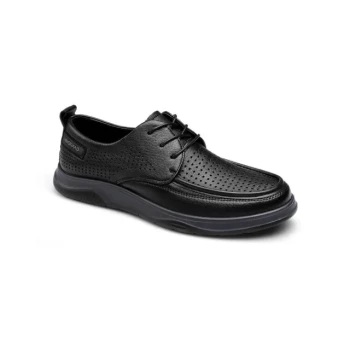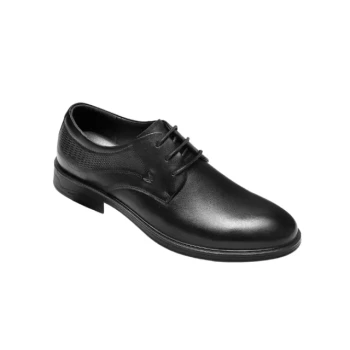The short answer is cost. Goodyear welted shoes saw their mainstream popularity decline in the mid-20th century because new, significantly cheaper manufacturing methods emerged. While the Goodyear welt was the standard for durable military and civilian footwear, the post-war economic boom and technological advances introduced cemented construction, which allowed for faster production at a fraction of the cost, fundamentally changing consumer priorities.
The shift away from Goodyear welted footwear was not a failure of its quality, but a reflection of a changing market. Consumers began to prioritize affordability and fashion variety over the lifetime durability and repairability that had once been the unquestioned standard.

The Era of Repairable Footwear
Before the mid-20th century, footwear was seen as a long-term investment. The construction method was paramount because it determined the shoe's lifespan.
The Gold Standard of Durability
The Goodyear welt is a strip of leather stitched around the bottom edge of a shoe's upper. This welt is then stitched to the outsole, creating a remarkably strong and water-resistant bond without puncturing the insole.
This complex, labor-intensive process created shoes that were built to last for decades.
A Focus on Longevity
The key advantage was repairability. When the sole wore out, a cobbler could simply cut the stitches holding it to the welt and attach a new one. The shoe's core structure remained intact.
This was the expected lifecycle of quality footwear, from military combat boots used in the world wars to everyday dress shoes.
The Turning Point: The Cement Revolution
The decline of the Goodyear welt was driven by a fundamental shift in manufacturing philosophy, prioritizing speed and accessibility over everything else.
The Rise of Glued Soles
The "cheaper alternative" that disrupted the market was cemented construction. In this method, the shoe's sole is simply glued directly to the upper using a strong adhesive.
This process eliminated the need for intricate stitching, welts, and highly skilled labor.
The Economics of Mass Production
Cementing a shoe is dramatically faster and less expensive than welting one. This allowed manufacturers to produce footwear on an unprecedented scale, making shoes more accessible to the average consumer than ever before.
This method also enabled the use of new, lighter materials for soles, paving the way for the modern sneaker and casual shoe market.
Understanding the Trade-offs
The choice between a welted and a cemented shoe is a clear case of balancing initial cost against long-term value. This is the core trade-off that redefined the footwear industry.
The Cost of Convenience
Cemented shoes are significantly cheaper upfront. However, this comes at a price. Once the sole wears down or detaches, it is almost impossible to properly repair.
This effectively turns the shoe into a disposable item, contributing to a "fast fashion" model of consumption.
The Value of a Welt
Goodyear welted shoes carry a much higher initial price tag due to the materials and skilled labor required.
Their value lies in their longevity. A single pair can be resoled multiple times, extending its life for years or even decades. The cost per wear over its lifetime can often end up being lower than that of repeatedly buying and replacing cheaper shoes.
Comfort and Feel
Cemented shoes are often lighter and more flexible straight out of the box. Goodyear welted shoes, with their layers of leather, cork, and stitching, are typically stiffer and require a break-in period to mold to the wearer's foot.
Making the Right Choice for Your Goal
Understanding the history of these construction methods empowers you to choose footwear that aligns with your personal priorities.
- If your primary focus is long-term value and sustainability: Goodyear welt construction is the definitive choice for its unmatched durability and repairability.
- If your primary focus is affordability and trend-driven style: Cemented construction provides a lower price point and a wider variety of designs for casual or occasional wear.
- If your primary focus is athletic performance or immediate comfort: Modern cemented and specialized constructions used in sneakers are engineered specifically for lightness and flexibility.
Ultimately, knowing how your shoes are made is the first step toward building a collection that truly serves your needs.
Summary Table:
| Aspect | Goodyear Welted | Cemented Construction |
|---|---|---|
| Primary Advantage | Long-term durability & repairability | Low initial cost & fast production |
| Lifespan | Decades (resoleable) | Short-term (often disposable) |
| Initial Cost | High (skilled labor) | Low (mass-produced) |
| Consumer Priority | Investment in quality | Affordability & fashion variety |
As a large-scale manufacturer, 3515 produces a comprehensive range of footwear for distributors, brand owners, and bulk clients. Whether you value the long-term durability of Goodyear welted construction or the cost-efficiency of modern cemented methods, our production capabilities encompass all types of shoes and boots to meet your specific needs. Let us help you build a footwear collection that aligns with your market demands — contact our experts today to discuss your manufacturing requirements!
Visual Guide

Related Products
- Wholesale Comfortable Business Casual Shoes Custom Manufacturing
- Custom Manufactured Air Cushion Leather Business Shoes for Wholesale
- Durable Rubber-Soled Utility Shoes for Wholesale & Custom Brand Manufacturing
- Wholesale Durable & Breathable Training Shoes for Custom Brands
- Wholesale Breathable Training Shoes Custom Athletic Footwear Manufacturer
People Also Ask
- What should someone do if they are unsure about a company's dress code? Navigate with Confidence
- Are brown dress shoes appropriate for formal events? A Guide to Choosing the Right Shoe
- What is business casual shoes? Master the Perfect Blend of Professional Style and Comfort
- What are the key considerations when choosing dress shoes for formal occasions? A Guide to Style, Color & Quality
- What are the long-term benefits of investing in quality dress shoes? Save Money & Boost Your Style



















